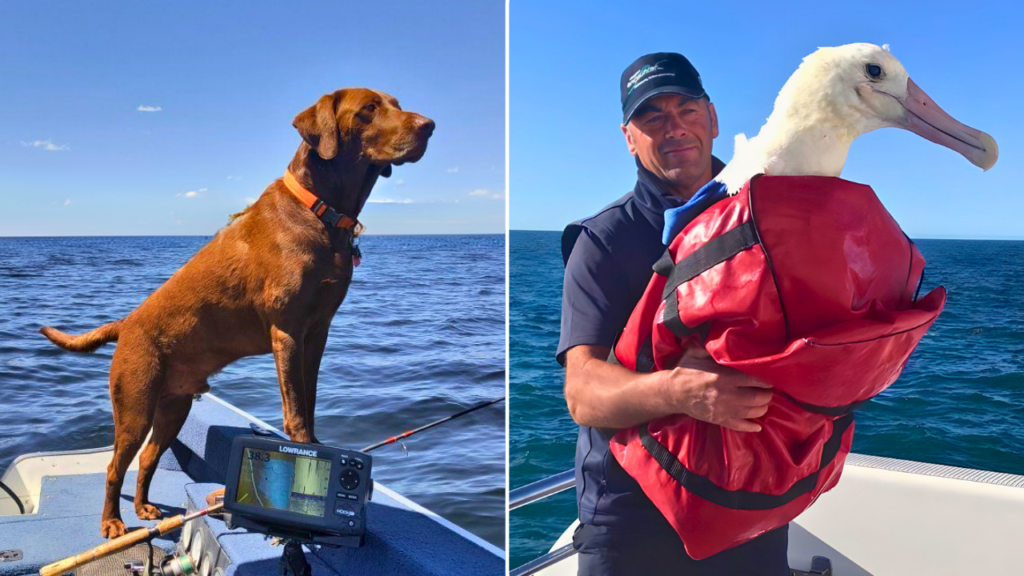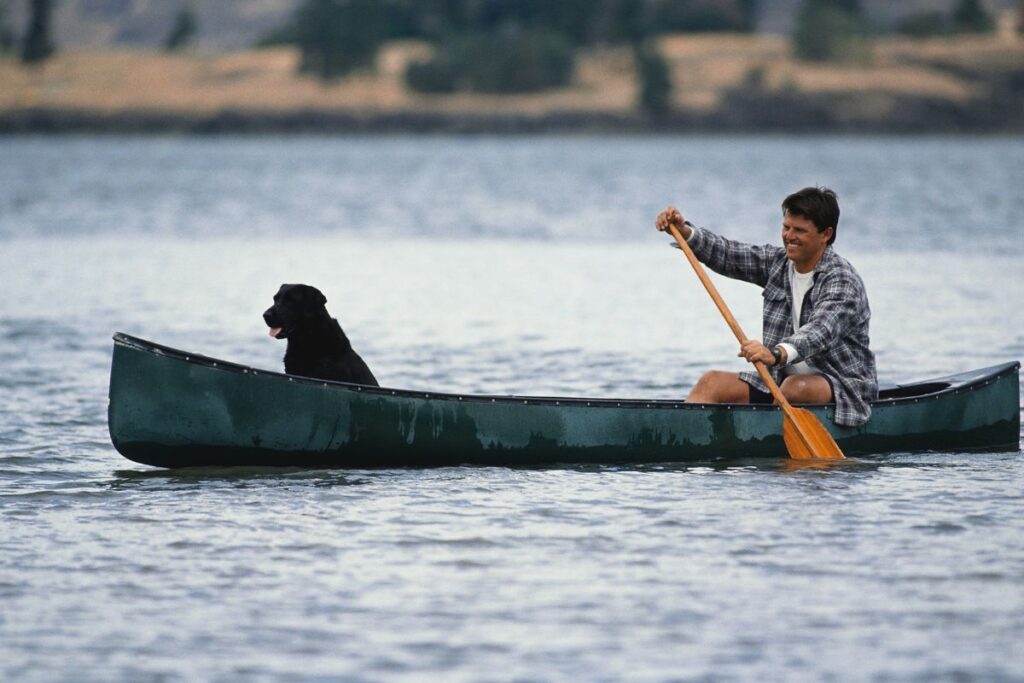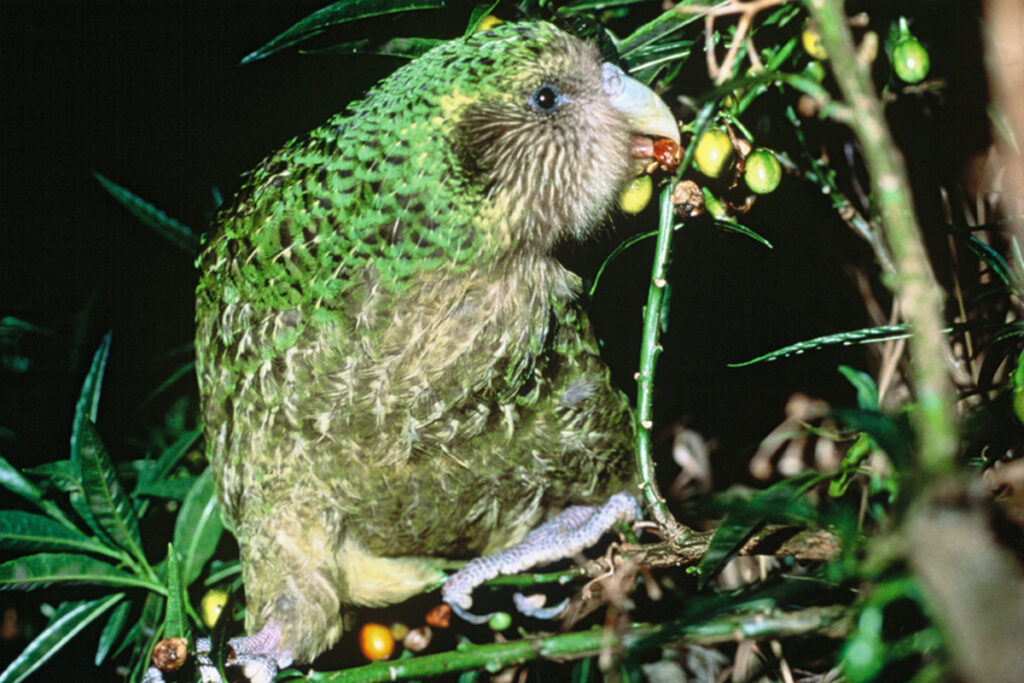
In the late 19th century, Richard Henry, an Irish-born naturalist, took on the mission of saving New Zealand’s native bird population, particularly the endangered kākāpō, a flightless, moss-colored parrot with a unique papaya scent. His pioneering conservation efforts, which involved creating predator-free sanctuaries, laid the foundation for modern wildlife preservation in New Zealand. Despite facing significant challenges, Henry’s commitment helped shape the country’s conservation blueprint, leaving an enduring legacy for generations to follow.
Richard Henry’s Unlikely Conservation Mission

In 1893, Richard Henry, a middle-aged man in Auckland, New Zealand, found himself deeply troubled—not by personal setbacks, but by his passion for the rare, moss-colored, flightless parrots called kākāpōs. Distressed by their decline due to predators like ferrets and stoats, Henry tried to warn scientists about their extinction risk but was often ignored due to his lack of formal training. After a failed suicide attempt, Henry landed his dream job as caretaker of Resolution Island, where he could dedicate himself to protecting these unique birds. For the next 14 years, he relocated birds to the island, hoping to create a predator-free refuge.
The Island Sanctuary: A Solitary Mission

Henry’s new role on Resolution Island required him to live in harsh, isolated conditions. The island’s rugged terrain and relentless winds made it feel like the edge of the world. Despite these challenges, Henry remained dedicated to his mission. With help from his fox terrier, Lassie, Henry located and transported kākāpōs from the mainland to Resolution Island, a grueling process in choppy waters that nearly cost him his life on several occasions. His work on the island was groundbreaking but also incredibly lonely, as few recognized his vision during his lifetime.
Setbacks and Tragedies in Conservation

In 1900, Henry’s efforts faced a critical blow when tourists reported spotting a weasel on Resolution Island, confirming that predators had reached the sanctuary. Despite his efforts to trap the animals, the stoats eventually killed every kākāpō he had moved to the island. Though Henry continued his work for eight more years, he eventually resigned in frustration, leaving behind a legacy that went largely unacknowledged. When he died in 1929, his funeral was sparsely attended, and his achievements faded into the background of New Zealand’s conservation history.
A Legacy Rediscovered: The Kākāpō Conservation Efforts Renewed

Years later, in 1975, conservationist Don Merton rediscovered a kākāpō in Fiordland, naming it “Richard Henry” in honor of the pioneering conservationist. This discovery rekindled efforts to save the species, with scientists relocating the remaining kākāpō population to protected islands. Henry’s once-controversial strategy of translocating birds had become the foundation of modern kākāpō conservation, with island sanctuaries and population management critical to preventing extinction. His work, once dismissed, was now seen as visionary.
The Enduring Impact of Henry’s Vision

Today, kākāpō conservation is a testament to Henry’s legacy. With populations steadily rising, modern conservationists like Andrew Digby recognize Henry’s contributions as the blueprint for New Zealand’s island sanctuaries. Scientists now use advanced methods to monitor each bird on islands, like Codfish and Anchor, but Henry’s approach remains the core of their work. Though he never saw the full impact of his dedication, Henry’s early conservation efforts have ensured a future for the kākāpōs he so passionately fought to protect.
Sources:
Atlas Obscura – https://www.atlasobscura.com/articles/richard-henry-kakapo-conservation
Department of Conservation New Zealand – https://www.doc.govt.nz/







